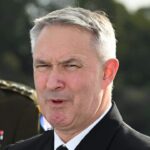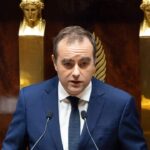The labour force figures will be a crucial indicator for the Reserve Bank of Australia (RBA) on whether to further cut interest rates from 3.6 per cent when it next meets on 4 November, which is Melbourne Cup day.
How much has unemployment grown?
The RBA had expected some cooling in September’s jobs data but neither the central bank, nor scores of analysts and economists, had tipped anything near the 4.5 per cent jobless figure.
Total full-time employment has risen by 9,000 for the month, which came from a rise of 23,000 men in full-time roles.
The number of women in full-time roles dropped by 15,000, while hours worked rose by 0.5 per cent in September.
What does it mean?
“But the rate of recovery is fairly measured. We’re not seeing unambiguous signs of recovery, we’re seeing tentative signs of recovery, and that’s probably what’s being reflected in the labour market.”
“This increase in the unemployment rate has taken the RBA a little bit by surprise and that will have to feed into the board’s thinking on where policy settings should be.”
Is another interest rate cut on its way?
“We continue to expect a hold as the RBA awaits more clarity on the outlook given the inherent month-to-month volatility.”
“Inflation has been a little stronger, consumer spending is rising, but employment growth has slowed more than expected. Until the tension between inflation and labour market is resolved, we expect the RBA to remain cautious and watchful of the data flow,” she told AAP.



No Comment! Be the first one.